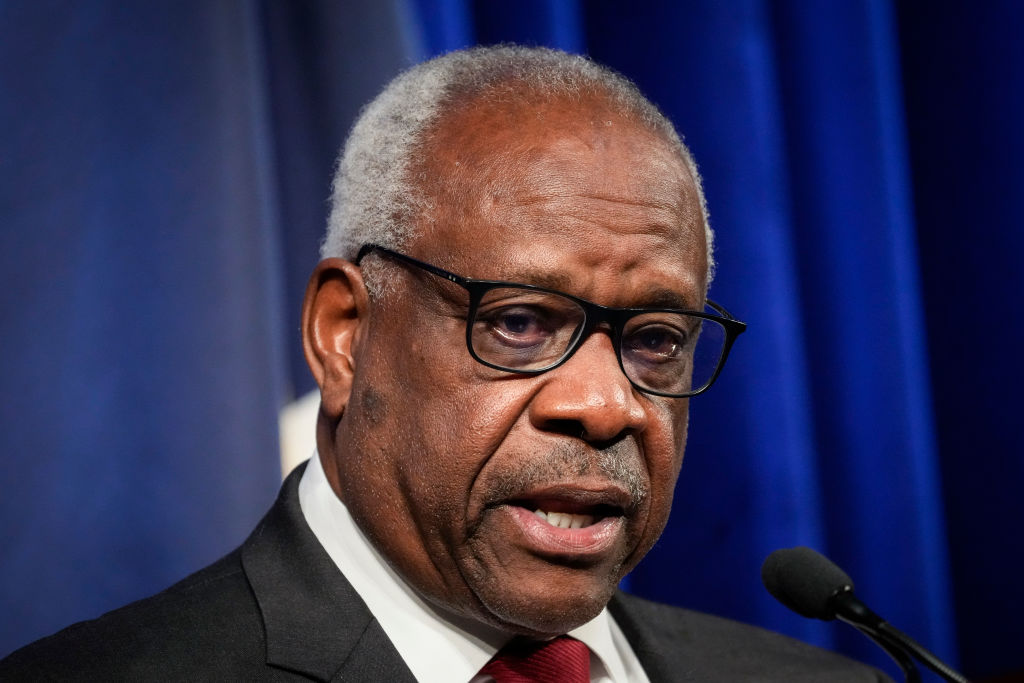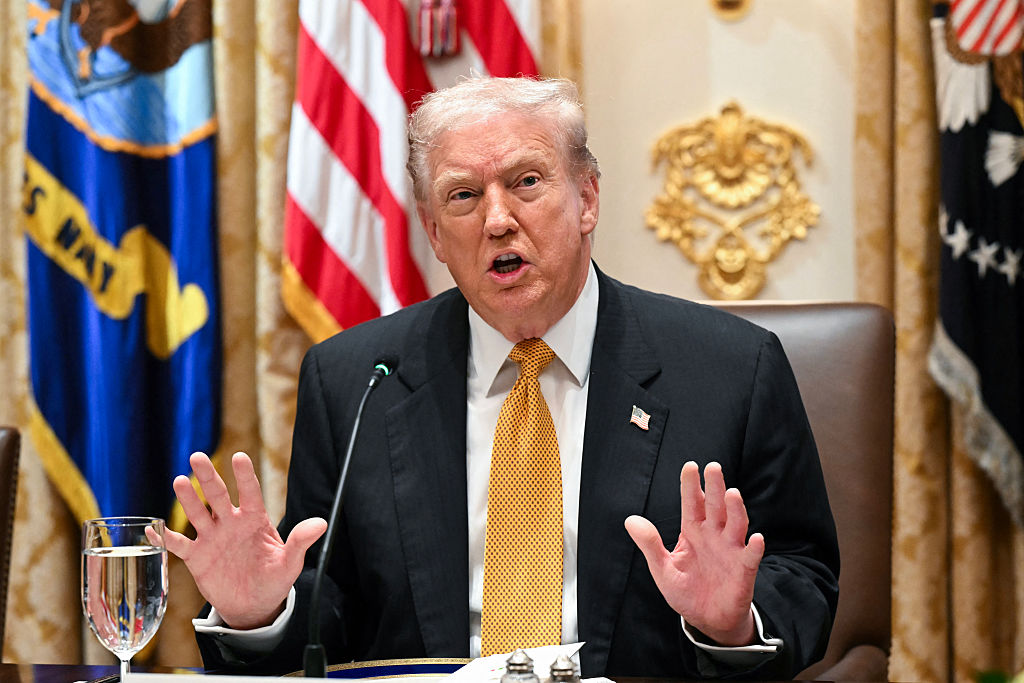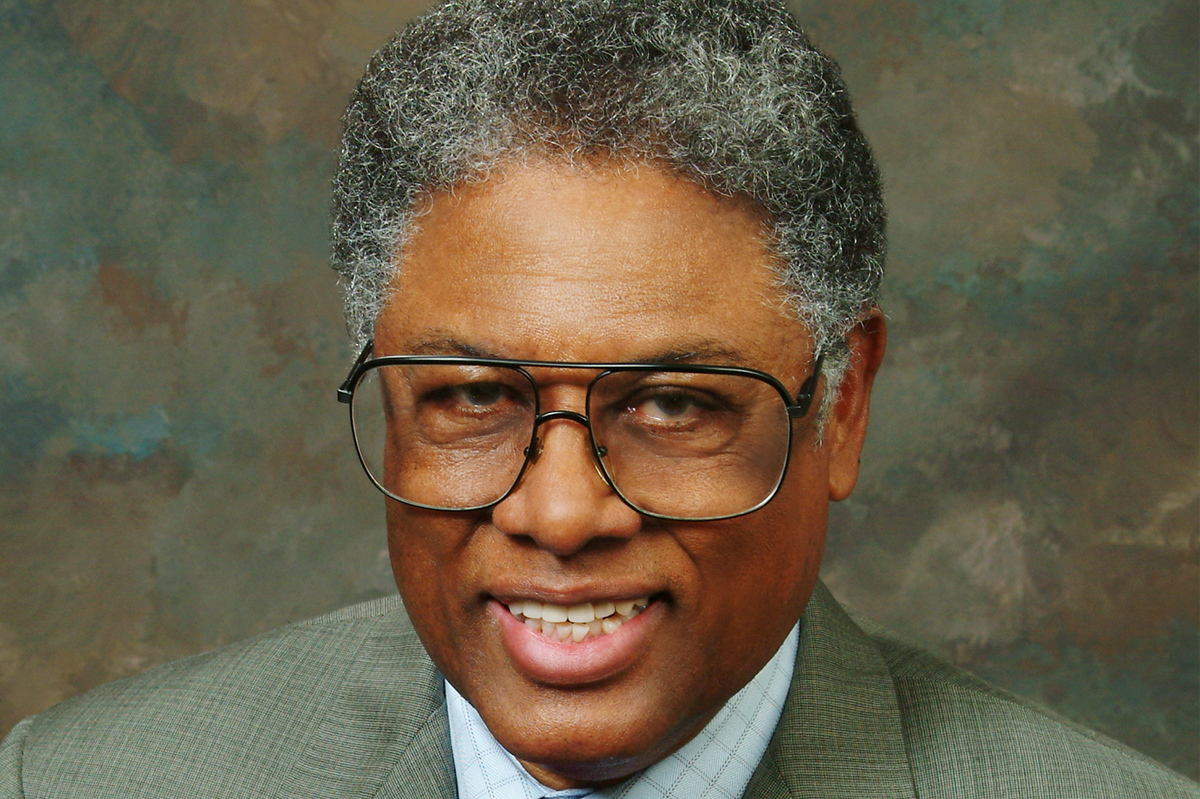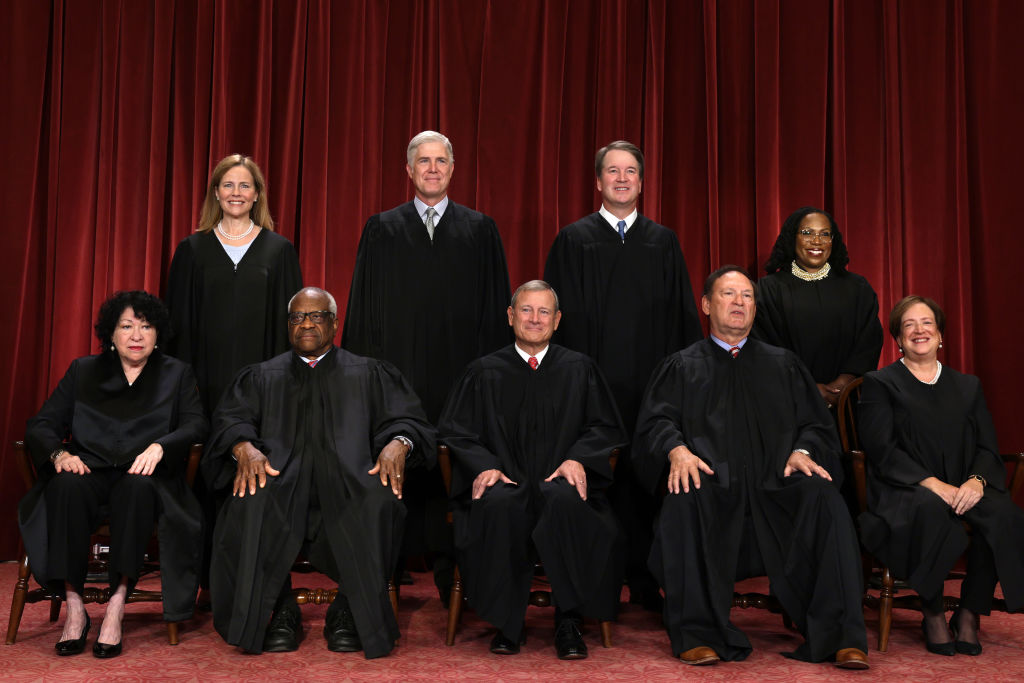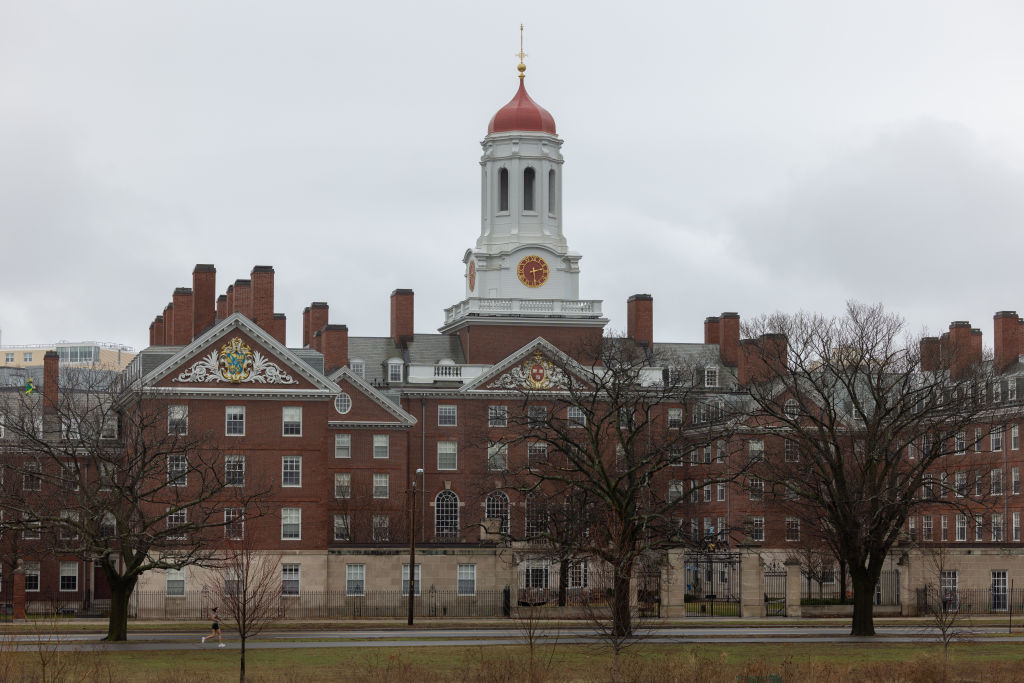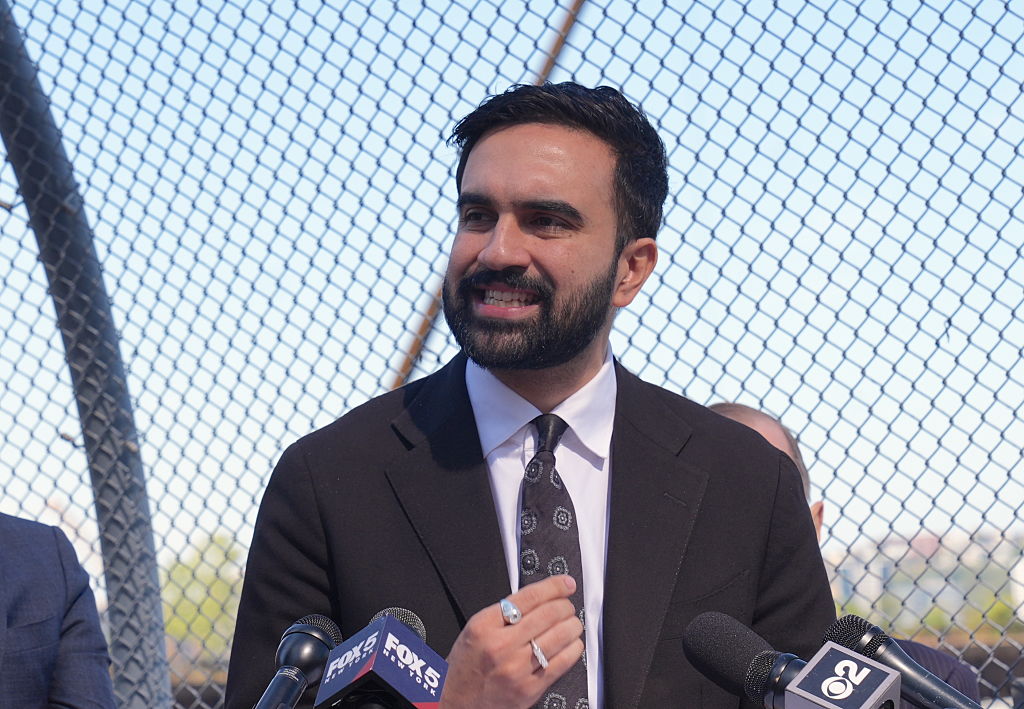Justice Clarence Thomas and his wife Virginia (Ginni) made the cover of the New York Times Magazine on February 27 amid an eleven-page article titled “The Long Crusade of Clarence and Ginni Thomas.” The authors are Danny Hakim and Jo Becker.
It is in essence a hit piece, and the latest of several in the left-wing media aimed at undermining the legitimacy of Justice Thomas’s jurisprudence. The first salvo came in late January from Thomas’s long-time antagonist Jane Mayer in The New Yorker, but other eager journalists have stepped through Mayer’s muddy footprints.
Three of their publications — the New Yorker, the Guardian, and CNN — contacted me because Ginni Thomas serves on the advisory board of my organization, The National Association of Scholars (NAS). My organization has filed amicus briefs in two college admissions cases that are now before the Supreme Court, Students for Fair Admissions v. President and Fellows of Harvard College, and Students for Fair Admissions, Inc. v. University of North Carolina. Both advance the claim that racial preferences discriminate illegally against Asian-American applicants. The NAS’s amicus briefs side with the plaintiffs.
That’s nothing new for us. We’ve been fighting racial preferences and involving ourselves as a friend of the court in relevant cases for thirty years.
What makes this news, at least in the eyes of Mayer and some other journalists, is that Justice Thomas might be inappropriately influenced by his wife, who, because she serves on my advisory board, can be thought likely to sway his opinion in the now-combined Students for Fair Admissions cases in favor of NAS’s arguments. This is quite a stretch, so much so that Hakim and Becker in their NYT article apparently decided not to pursue the theory. They offered a more global view of what they consider the insidious relationship of the Thomases to the welfare of the United States. I’ll come back to that, but first some air freshener.
I’ve known Ginni Thomas for about a decade. I’ve never met or spoken to Justice Thomas. The NAS advisory board is distinct from the NAS’s policy-setting Board of Directors. The advisory board consists of about a dozen prominent individuals who offer advice and counsel from time to time when I call on them. Ginni’s advice and counsel has dealt almost exclusively with my organization’s efforts to identify and reach out to grassroots supporters. She and I have never spoken about any matter likely to come before the Supreme Court, and I doubt that before the recent rush of articles she had any idea that NAS had filed amicus briefs in the Harvard and UNC cases.
The allegation that Ginni was carrying NAS’s coals to the steps of the Supreme Court was something that Mayer made up out of whole cloth, and that others then repeated. It’s a phenomenon that has become all too familiar in the journalism world of Nikole Hannah-Jones.
But the attacks on Ginny and Justice Thomas extend far beyond that one stray arrow. The root accusation that Hakim and Becker set forth is that, in the wake of the 2020 presidential election, Ginni Thomas’s advocacy of steps to challenge the election results would have (potentially) compromised the Supreme Court. “Because Supreme Court justices do not want to perceived as partisan,” they write, “they tend to avoid political events and entanglement, and their spouses often keep low profiles. But the Thomases have defied such norms.”
That is a pretty slippery premise for the article that follows. Others have written point-by-point rebuttals of these attacks. But rather than re-plow that ground, I’d like to focus on the question of why the journalistic left has launched this assault.
The Supreme Court does at some level maintain a fig leaf pretense that the justices are not partisan, but few give it any credence. There are two significant exceptions. Chief Justice John Roberts, speaking at a New York synagogue in September 2019, declared that the Court stands outside politics: “That’s not how we at the Court function and the results in our cases do not suggest otherwise,” he said. On other occasions, he’s likened the role of the justices to baseball umpires who call balls and strikes, heedless of ideology and the opinions of the crowd.
Roberts’ championing of the idea that the Court is a neutral body that reads and applies the Constitution without ideological bias has left many observers nonplussed. After all, this is the man who stretched the law like Silly Putty to avoid a finding against the legitimacy of Obamacare and who has found highly inventive reasons to side with the Court’s liberal minority. His words about the Court’s neutrality do not fit with his personal jurisprudence, which often appears to have a finger-in-the-wind quality. If “neutrality” means opportunistic inconsistency, Roberts definitely supplies a model.
There is another justice who provides a sturdier model of non-partisanship. Justice Thomas has steadfastly stood by the original meaning of the Constitution, let the chips fall where they may. His is a jurisprudence that deeply annoys progressives who favor a “living Constitution” that sprouts new “rights” and distinctions as frequently as Washington’s cherry trees sprout new blossoms each spring, but it is still devoutly non-partisan. It amounts to a steadfast view that the law is the law, and the Court’s job is to apply it with no shade of favoritism to any political or social cause. This, of course, wins him no praise from those who see the Court as simply another avenue of advancing the progressive policy agenda.
For that reason, progressives would like to see Justice Thomas neutralized. One way to do that would be to pack the Court, and President Biden is apparently contemplating doing just that. He appointed a 34-member Supreme Court advisory commission last year that submitted a 294-page study to the White House in December. It has attracted surprisingly little notice even though it included a 38-page chapter on “Membership and Size of the Court” that left open the door to court packing.
But such a move would face stiff political resistance and in any case would take a lot of time. The Court will decide Students for Fair Admissions long before that could happen. What could possibly get Justice Thomas out of the way in the meantime? Progressives, of course, assume that Justice Thomas would vote in the case in favor of the plaintiffs. No one knows that for sure, but Thomas’s views in other racial preference cases make that assessment highly plausible.
Thomas generally favors reading our constitutional law as favoring equal justice regardless of race. Racial preferences require a tortured reading of both the Constitution (especially the Fourteenth Amendment) and statutory law (the Civil Rights Act of 1964).
So what might remove Justice Thomas from the equation? How about a concerted media push to characterize him as a pawn of his wife’s political activism? Or, if not a pawn, then at least an enthusiastic partner? Even if this rhetorical assault failed to persuade Justice Thomas to recuse himself from the case, it might succeed in isolating him from other justices whose backbones are known to be a little more flexible. Thomas is a leader on the Court. But a national campaign to depict him as a creature of right-wing election-denying hacks could create just enough suspicion to marginalize his views. Better still would be to demoralize Thomas himself, but Joe Biden tried that back in 1991 and the guy proved a tough nut to crack.
The idea that Justice Thomas is somehow defying the law or Supreme Court tradition in not recusing himself from Students for Fair Admissions is an appeal to the ignorant, or as we now call them “low-information voters.” (That slur was invented as a put-down of populist conservatives, but it applies far more accurately to the election fraud-oblivious and Covid-terrified liberal conformists.)
Students for Fair Admissions is partly a case about Harvard College. Two Supreme Court justices, Stephen Breyer and Elena Kagan, are Harvard graduates, and Kagan was dean of Harvard Law School. They have a far more apparent conflict of interest than Thomas. Yet to my knowledge, no one has called for them to recuse themselves. One mindful observer compiled a helpful list of instances in which current or recent justices failed to recuse themselves in cases where they had blatant conflicts of interest. No law required them to do so, and whatever “tradition” might have urged, they happily chose to stay with the cases.
This is to say that the drumbeat to demonize Justice Thomas is, like a lot of progressive advocacy, profoundly hypocritical.
I have said nothing so far about Virginia Thomas, who has been victimized by this assault as well. On this, I’ll limit myself to a few words of personal testimony. Ginni is an exceptionally smart and capable advocate of conservative political and social views. My own views overlap with hers on some matters and diverge on others, and I always found her ready and willing to talk through our differences. The most important connection between us is her recognition of the role that higher education plays in forming the character of the American people. Many conservatives have long shunned higher education as either a lost cause or as having too little political traction to be worth the time and attention it would take to reform it. Ginny, by contrast, sees education in general, and higher education in particular, as the essential battleground for the future of the country.
She recognizes, for example, that the scandalous partisanship of the press is the result of the left’s success in capturing the universities and raising generations of reporters and opinion-writers who know little American history outside the narrow perspective that they gained from their America-disdaining professors, and whose conception of the press is marbled in antagonism to fair-minded pursuit of truth.
Ginni’s views on these matters are more large-minded than those of many I meet who consider themselves conservative. She is a vital link for me to a grassroots movement that can assist the National Association of Scholars’ efforts to restore the vital center to American education.
She’s an important ally of NAS and I am grateful that she serves on our board of advisors. That she happens to be married to Justice Thomas is good thing. I’d like to think he shares her general view of American civilization, and in that sense, perhaps I can take some encouragement from the New York Times Magazine article. That’s not what Hakim and Becker intended (or Mayer and the others) but it is not implausible to assume that the Thomases share a love of their country and the civilization of which it is a part. All the more reason why we should be grateful to have both of them in our public life, even as they walk on very distinct paths.



